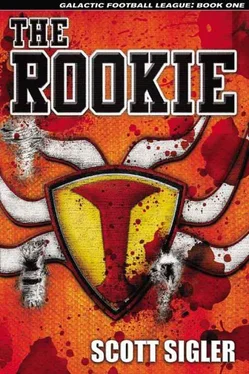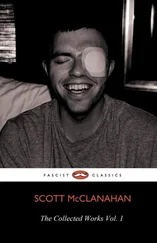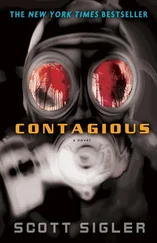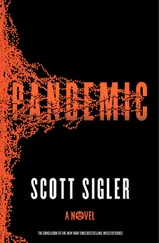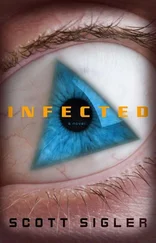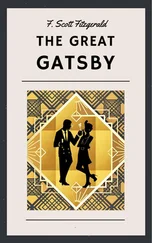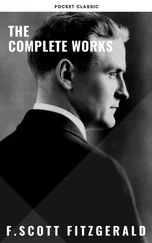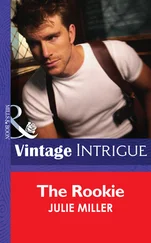“Do they worship Pine, too?” Quentin asked Yitzhak while pointing to the Sklorno defensive backs.
“They do, but in a different way. He leads the team, unifies us, and that makes him greater than a normal being. The receivers view catching a pass as a blessing, almost a gift from God. The defenders see a pass as a challenge given to them by God, a test of their will and physical abilities. To continuously fail to stop the passing game means they are unworthy, or something like that.”
The three quarterbacks reached the end zone and started to warm up. Three orange-jerseyed Humans jogged from the center of the field to greet them. Warburg and the other two tight ends he had not yet met. Warburg gave Quentin a warm handshake.
Warburg introduced the other two men. “This is Yotaro Kobayasho and Poncho Saulsgiver.” Quentin shook their hands. Yotaro was the biggest at 7-foot-1 and 380 pounds. He had a shaved head and three short, parallel scars on each cheek. Saulsgiver had pure white skin, like Yitzhak, with ice-blue eyes and white hair. At 6-foot-10 and about 355, he was the smallest of the three. Quentin shook both of their hands.
Hokor’s hovercart floated down and everyone pulled on their helmets.
“Let’s get started,” Hokor shouted before his hovercart even reached ground level. “Starting ‘O’ get on the goal line, we’ll work the tight package.”
Quentin started to move towards the goal line when he heard the words Starting O , then remembered he was not the starter.
Pine lined up on the goal line, back facing the end zone. Kobayasho lined up as the left tight end, and Warburg as the right. Scarborough lined up wide right, with Hawick two steps inside of Warburg and two steps behind him. The defensive backs showed bump-and-run coverage, playing directly in front of Scarborough and Hawick. Three linebackers spread out in their normal positions for a 3–4 defense. The outside linebackers were Quyth, one of whom wore number 58 — he was the guard that had stun-sticked Mum-O-Killowe into submission on the landing dock at the Combine. The middle linebacker, number 50, was Human. He radiated lethality in a way Quentin had never seen or felt.
Pine barked out the signals, dropped back five steps, planted and bounced half-step forward. The receivers sprinted out on their patterns: Scarborough on an in-route, Hawick on a post, Kobayasho on a ten-yard in-hook, Warburg in the flat.
The defense dropped into coverage. Sklorno defensive backs drifted into a zone, and the Human middle linebacker backped-aled straight back five yards. But it was the movement of the Quyth outside linebackers that shocked Quentin. They didn’t run, they rolled to their positions, tucking up into a ball and rolling out — literally — to cover the flats before they popped up like some jumping spider, arms and pedipalps out and waiting.
Kobayasho was open on the hook, but Pine didn’t throw. He checked through his reads, one-two-three-four, then turned and gunned the ball to Warburg, who had hooked up at four yards and drifted into the flat. Warburg caught the pass and turned upfield before Hokor blew the whistle. The players lined up again.
“Why didn’t he hit Kobayasho?” Quentin asked Yitzhak.
“See number fifty there? That’s John Tweedy, starting middle linebacker. All-Tier-Two last year. He’s got phenomenal quickness. Kobayasho looked open, but even on a ten-yard bullet Tweedy can get to the ball. He also pretends to be slower than he is. He’ll do it for most of the game if he has to, to lull the quarterback into a pattern. When the ball is finally thrown to Tweedy’s zone it’s because the QB thinks he can’t get to it. He had six interceptions last year.”
Quentin looked at the bulky linebacker. Something seemed to be on his face… scrolling letters, hard to see but still legible under the facemask.
“What’s up with his face? Does that say ‘You rookies smell like nasty diarrhea?’“
Yitzhak laughed. “Yeah, probably. Tweedy has a full body tattoo.”
“A tattoo? But it’s moving.”
“Sure, it’s an image implant. Lots of guys in the league have tats. You’ve never seen one before?”
Quentin shook his head. “Not like that.”
“They imbed little light emitters in the skin. They can make changing patterns, words, whatever. Tweedy went for the full package, complete skin coverage with a cyberlink. He can think of words and they play on his face, his forehead, chest, wherever.”
Tweedy stood and pointed at Pine. “How’s that arthritis, old man?” he said in a gravelly bellow.
Pine rose up from center. “A little rough, Johnny. You going to give me another rub-down like you did last night?”
The entire team laughed, including Tweedy, who flipped Pine off with both hands.
“Stop this Human bonding nonsense,” Hokor called out. “Run the play.”
Pine settled in under center and got back to business. Quentin watched carefully as the offense he’d studied on holos and on his messageboard came to life. Each play had several patterns for each receiver, depending on how the defense lined up. Were they in woman-to-woman? Were they in a prevent defense? Were they in a zone underneath with two-deep coverage over the top? At the snap of the ball, the receiver had to read the coverage and make route adjustments. These adjustments were just as planned as the original play itself — if the linebacker blitzed, the tight end changed his route from an out to a short hook; if the linebacker faded to a middle zone, the tight end kept his short hook; if the linebacker bit the run fake and came forward, then dropped back, the tight end changed from the short hook to a 15-yard streak.
The quarterback had to know the patterns for every receiver, for every play, and the variations on every pattern based on the defensive alignment. On top of that, the quarterback had to know every pattern adjustment, for every route, based on the reaction of the defensive players after the snap of the ball. Each receiver had at least three pattern options. For a four-receiver play, that meant four patterns, multiplied by around six defensive sets, multiplied by three pattern options, resulting in seventy-two possible routes for every play . The quarterback had to read the defensive coverage while dropping back, know where his receivers were supposed to be, and usually make the decision to throw within four seconds of the snap. That was just the beginning — defenses did everything they could to disguise coverages, so the quarterback would think he saw one thing when in fact the defense was setting a trap. The quarterback had to be able to see through this ruse within his four seconds. The most complicated aspect of the whole thing was that the quarterback often had to read the defense and throw the ball before the receiver made his cut, so the ball would be there as soon as the receiver turned. For this to work, both the quarterback and the receiver had to make the same read at the same time, or the ball might sail long as the receiver turned up short for a hook pattern.
And then there was the obvious factor that most football fans forgot — the quarterback had to do all of this while 600-pound Ki lineman and 300-pound blitzing Human and Quyth Warrior linebackers and the occasional fast-as-lightning blitzing Sklorno safety were trying to get to him and forcibly remove his head from his shoulders.
And yet the stereotype of the “stupid jock” had persisted for centuries. It never ceased to amaze Quentin when people thought football players were just muscle-bound morons. He’d like to see a physics professor do algorithmic calculations while being chased around by a 600-pound monster that was known for eating its enemies alive.
Pine ran through all the plays, effortlessly reading every defensive adjustment. His skill clearly frustrated the defense, but at the same time Pine usually completed passes for only a five or ten-yard gain. He ran through thirty plays with no interceptions, completing twenty-two passes — but only three for fifteen yards or more.
Читать дальше
